A bear and a cub cross a road in Yosemite National Park in August, a sight being repeated during the warm winter. Photo: Justin Sullivan, Getty Images
January 20, 2014
SF Gate
The black bears of the high Sierra are normally curled up in caves in January, enjoying long winter naps.
But with winter conditions hardly wintry this year, some bears are finding little reason to hibernate and are instead traipsing around like it’s the middle of August.
Mountain residents and visitors have been startled by unexpected encounters with the giants, and wildlife managers from Lake Tahoe to Yosemite National Park are cautioning folks about bear activity. Increased interaction between man and beast can lead to problems.
This month, skiers at Heavenly Mountain Resort in South Lake Tahoe were stopped in their tracks by a bear scampering across a ski slope, a scene that was caught on video and spread across the Internet. Fortunately, the bear scurried off without incident.
On the north side of the lake, a 260-pound male bear broke into several cars last month and at least one home. He was deemed a threat to public safety, prompting wildlife managers to put the animal down. An Incline Village woman was given Nevada’s first written warning for feeding the bear, authorities said.
The effects of the mild winter go further than bears, biologists say. All kinds of critters act differently during drought times, particularly if the dry weather extends through spring and causes food and water shortages, which can push animals beyond their normal range in search of sustenance.
Continuing to forage
For now, though, it’s the bears drawing attention.
“In this weather, you’re going to see more of them,” said Chris Healy with the Nevada Department of Wildlife. “They’re totally content to hibernate, but if the food’s available, they’ll get up and eat.”
Black bears are not what many biologists call “true” hibernators. Unlike other animals, such as marmots, chipmunks and ground squirrels – whose dwindling body temperature forces them to retreat into a warm winter sleep – the larger, well-insulated bears hunker down only when food is hard to come by, biologists say.
In the Sierra, that means bears generally slumber between December and March. But with little snow bogging them down this year, many are continuing to forage. And some are falling back on their bad summer habit of seeking out the easy pickings of human trash.
While a small percentage of bears in the Lake Tahoe area have switched permanently to hibernation-free winters and scavenge residential neighborhoods year-round, counts of scavenging bears rise during dry years, according to wildlife managers.
“If we got 5 or 6 feet of snow up at the lake like we’re all praying for, we’d be ecstatic because the bears would stay hunkered down,” Healy said, “plus we’d have water for next summer.”
Farther south, officials at Sequoia and Kings Canyon national parks also report more bear activity. Yosemite officials say they’re not noticing the volume of bears they see in the summer – when the animals famously pillage cars and campgrounds – but there have been sightings, which are relatively uncommon this time of year.
Food chain may be at risk
Wildlife managers, meanwhile, are enforcing regulations more typical of July and August: Don’t feed the bears, don’t leave food in your vehicle, and secure your trash. The harm in breaking the rules, they say, is that bears become accustomed to humans, which increases the chance of a perilous exchange between an animal and a person.
This winter ranks among California’s driest, and the parched spell follows two low-precipitation winters. As of last week, snowpack in the Sierra measured just 17 percent of normal.
The mild conditions mean more bears are awake than usual, and wildlife managers worry the problem is just beginning. Should the dry weather continue, it could upset the Sierra food chain – for example, limiting the amount of berries or insects for bears to feed on – and force the hungry animals into town.
“A drought basically dries up the natural food availability and dries up the water sources, and you get them not only wandering farther, but often coming to urban areas to fulfill their daily needs,” explained Jason Holley, wildlife biologist supervisor for the California Department of Fish and Wildlife. “We’ve seen upticks in drought years. We could be looking at that in the spring.”
The same can be said of other critters: deer, coyotes, bobcats.
“A drought will affect basically all wildlife,” Holley said. “They’ll either walk or fly far enough to find what they need.”








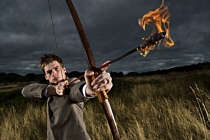




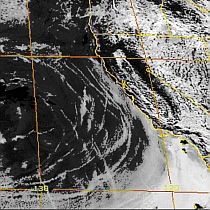




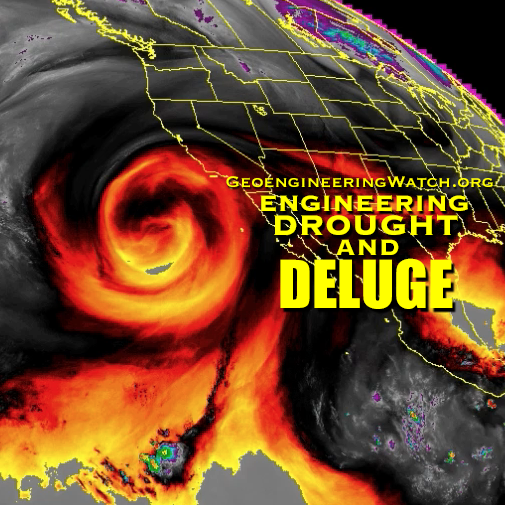


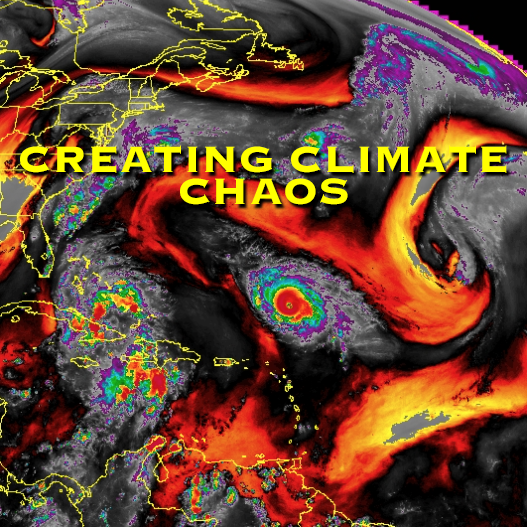
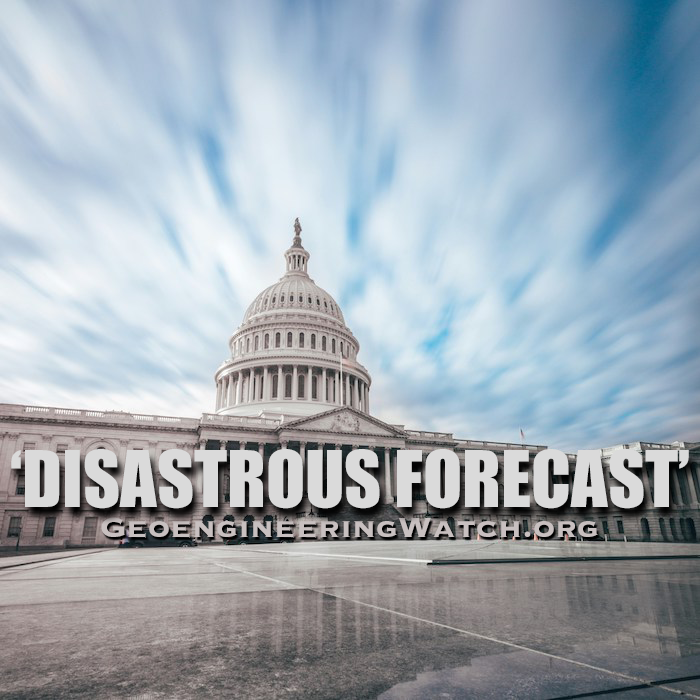
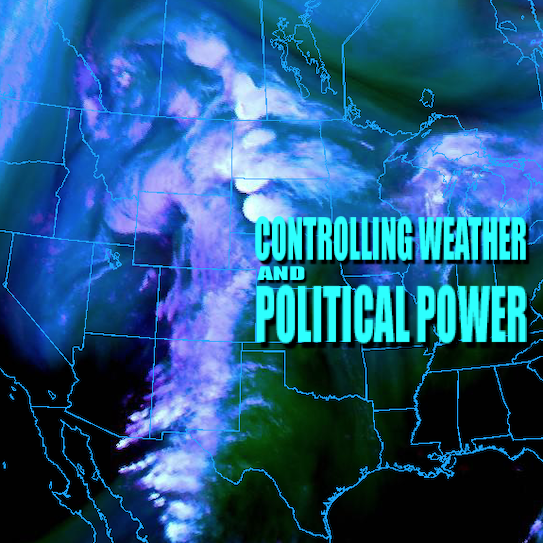
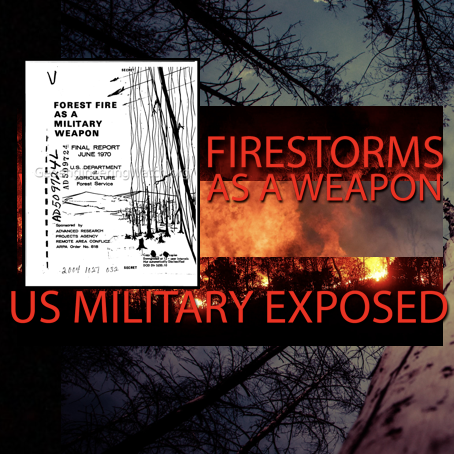












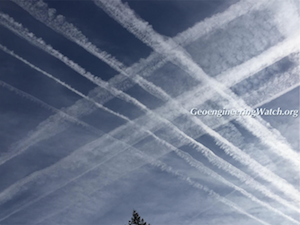


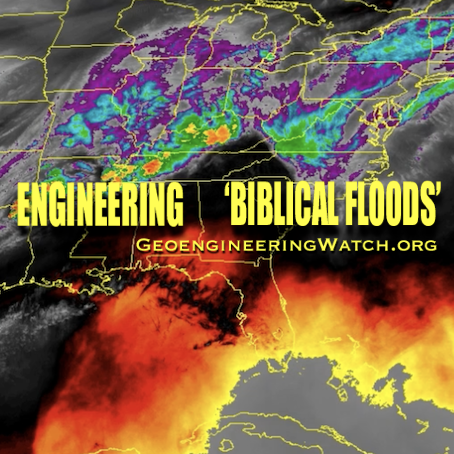

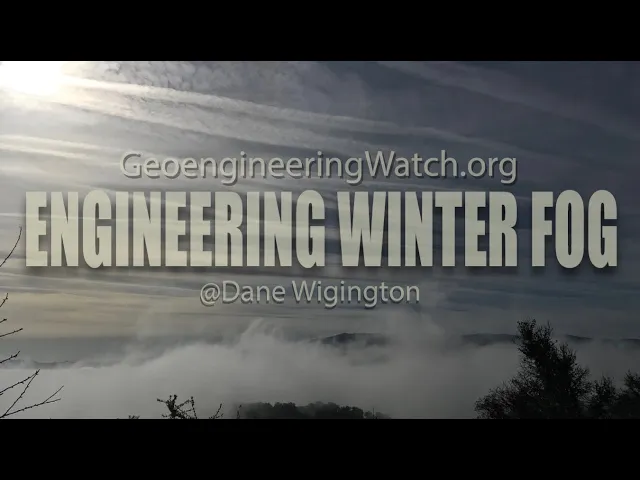

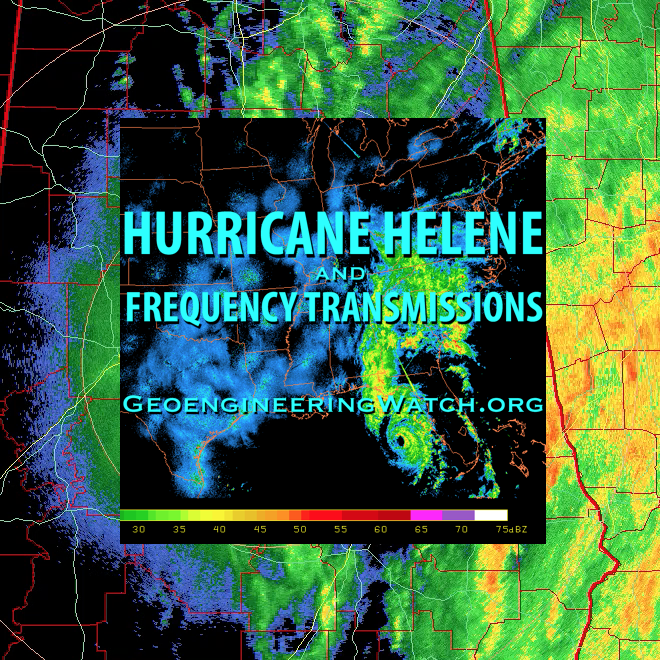
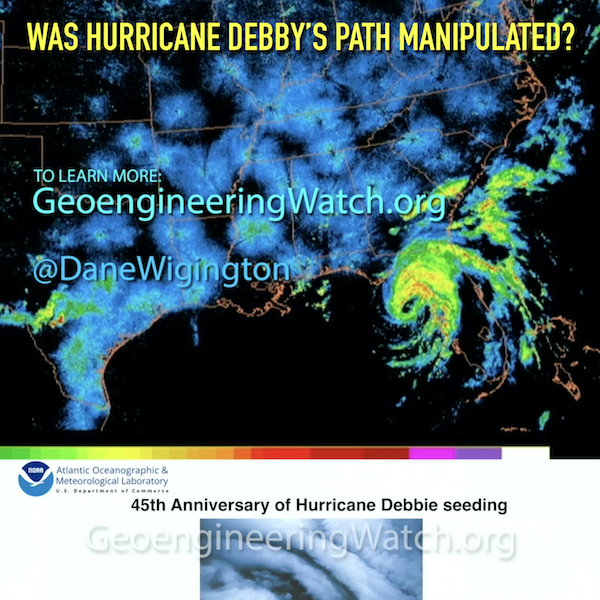


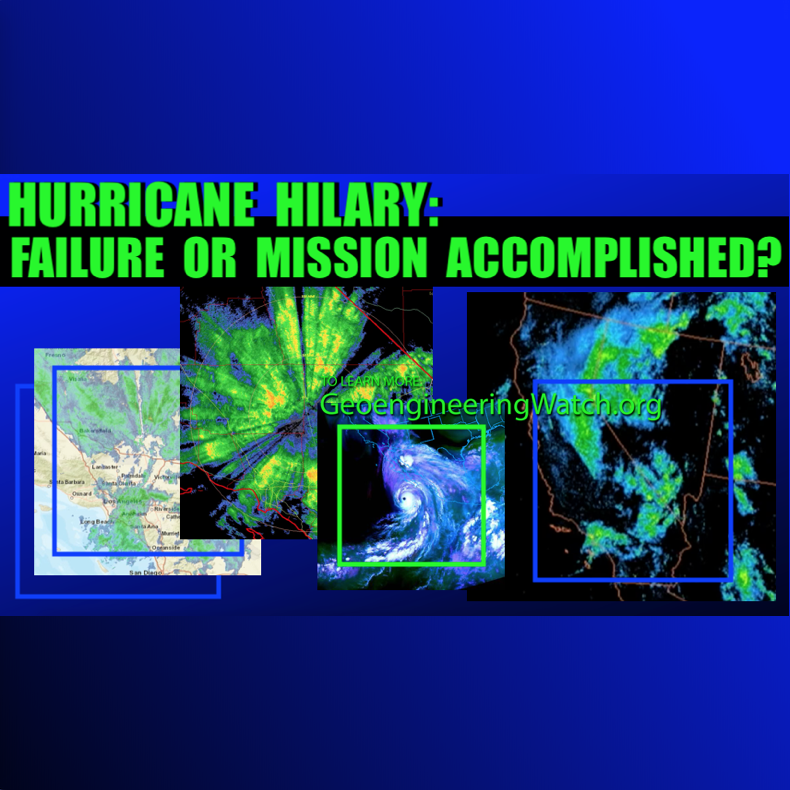




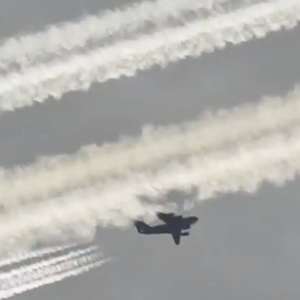
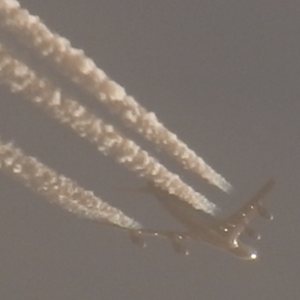



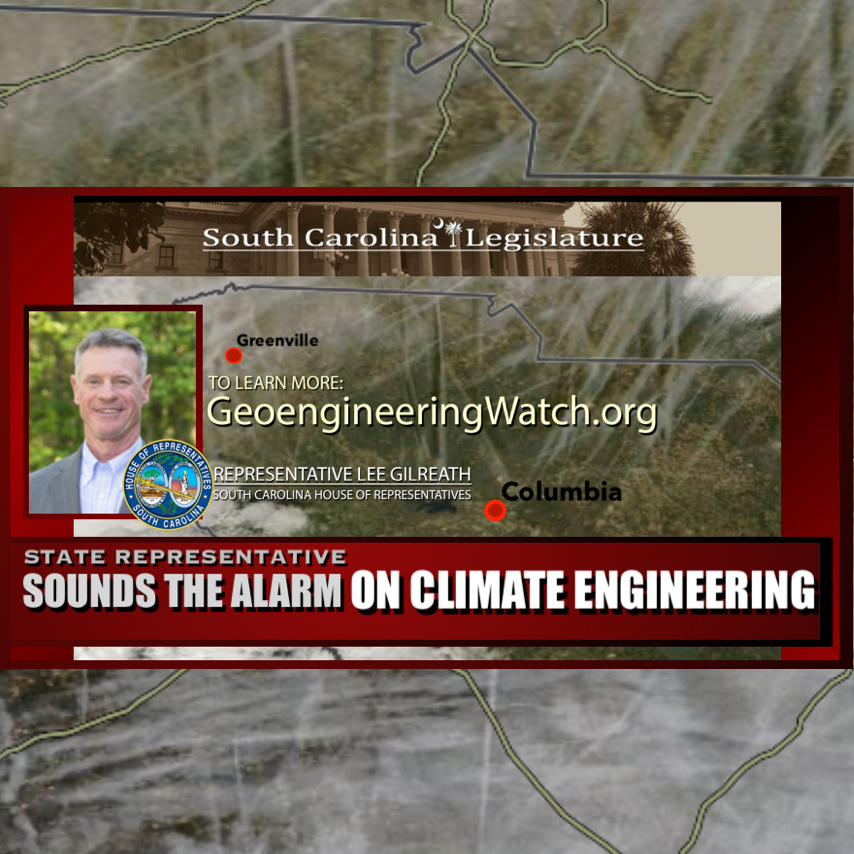
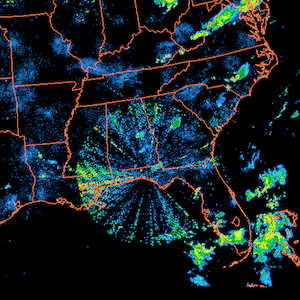












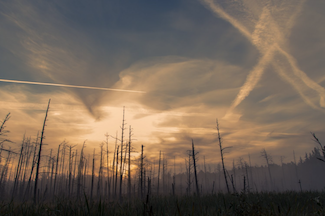




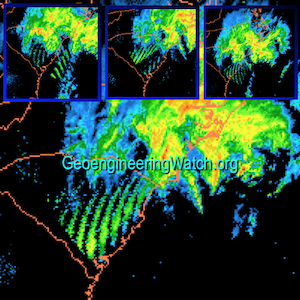














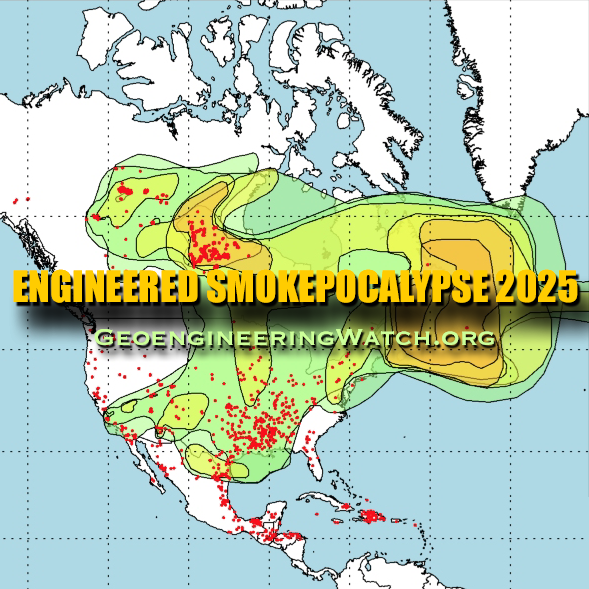


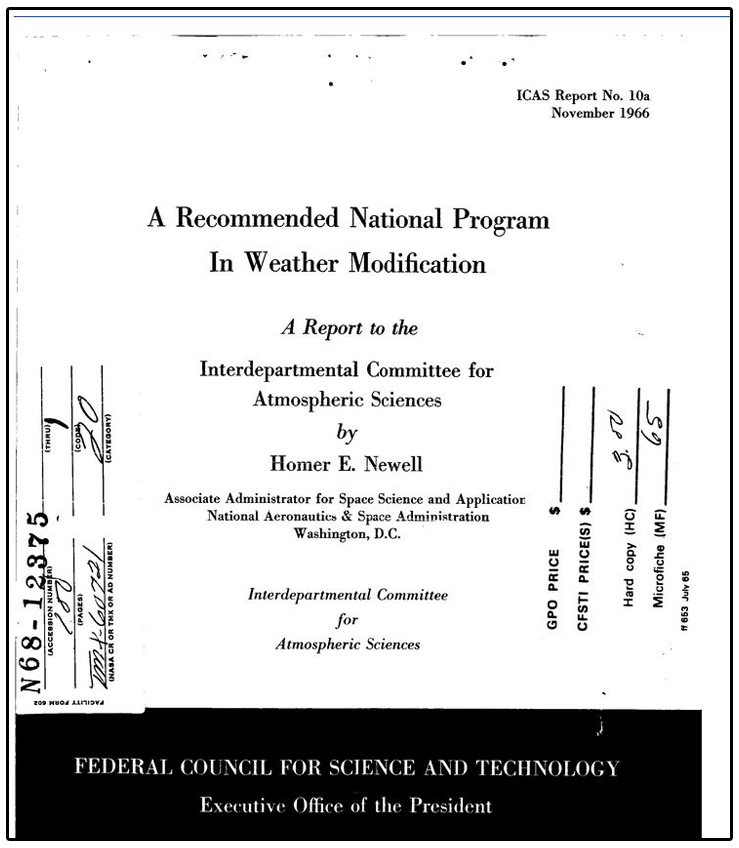

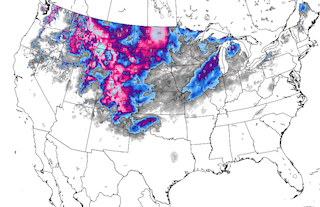





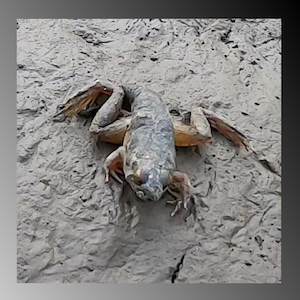






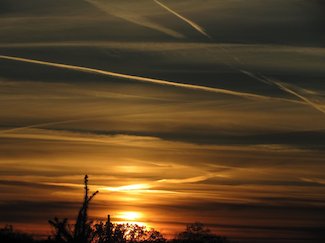



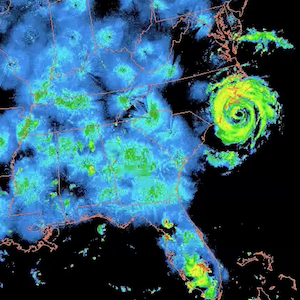



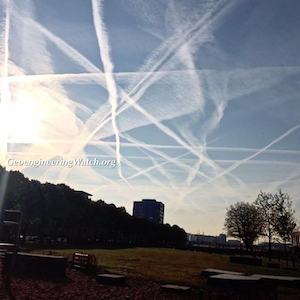









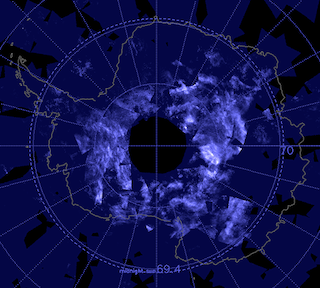




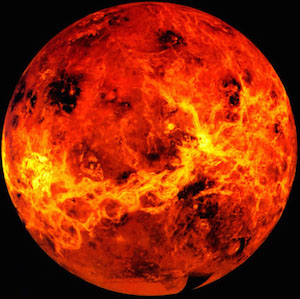



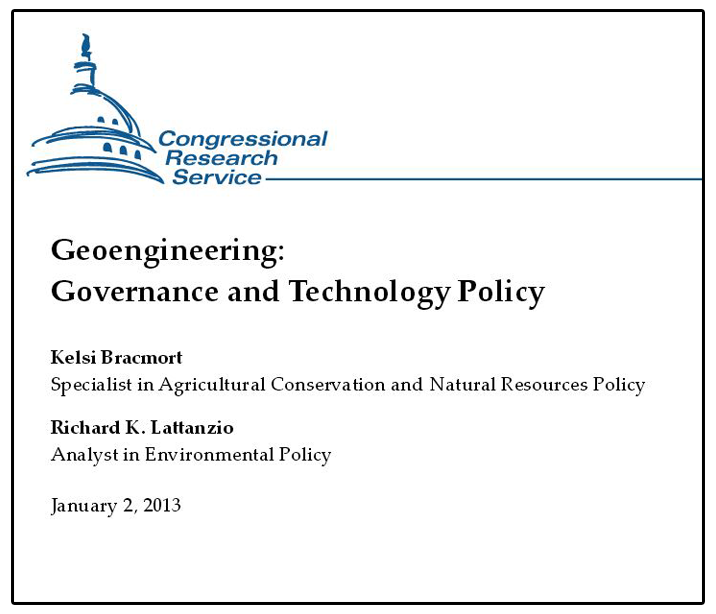
2 Responses
Living in central Ontario Canada – seeing over last 12 yrs or so High increase to ChemTrail and now HAARP Shot over head, connected dots as to why now all the white pines drying up and breaking or falling from this chemtrail cocktail dumping – as too recently moving here from the larger city. Seeing winter Deer drag their feet, Timber wolves now scouting closer to residential homes foraging for food. Some deer even know the sound of food being tossed at them – apples carrots to stay and eat. Their action eating what little pine branches are closer to the grounds. the Tree bark – there are no more berries or frozen anything for them to nourish. Other than kind farmers tossing odd bail of hay – apples are sold by the bag at one of the sporting good stores in town. The saplings are all growing maybe 5-12 feet then simply drying up and dying off. The Streams are void of fish and suckers – the spring and summer maybe odd week of hearing frogs then silence, song birds gone many species now extinct from the area. The count of 3 maybe 5 fireflies per seeing them about 3weeks in the summer where the nite sky and bush would be vivid with these flying bugs. no more beetles Monarch butterflies are released and never seen any more -many of all flying bugs gone cept skeeters, even black flies are but a week only or 2 at most to deal with them, few odd bumble bees with no fur and banging against walls and not flying well. Whats next. Guess our life span is but another maybe 5-10 yrs more less we may consider doing something about it. Are we or are we simply going to scrutinize ppls words and sharing of replies only to filter out what is okay and what truths are not. Still yet to be wondered – where are we going. There are secret plans and by who and what and why any of ways to destroying this gem of a planet. To which apparently is very unique. Yet we in notice to sites like this do have concern yet still only commenting of observation. Hey I get it who care to steel any thunder here thought this was voice out an opinion to share. Its already too late I think. Sorry – I've already made personally a trip beyond the border gate and only now am becoming impatient to traveling again and wanting off this rock. Sorry but we're not capable to making those needed changes to our unknown possibly shorter living destiny as many species are already none-existent. Was an interesting life none the less ! God Bless all and every living creature – kind and unkind – for our destiny is already chosen for us.
I’m so ashamed of my species!